Last Updated on 11/03/2018 by Mark Beckenbach
Julie Hrudova curates StreetRepeat to map trends and similarities in street photography and to show how photographers inspire and influence one another.
Julie Hrudova is a photographer and photo editor whose work in street photography has garnered her distinctions from award-giving bodies in the industry, as well as spots in many shows internationally. Her photographs are often unexpected – quirky and sometimes surreal, even.
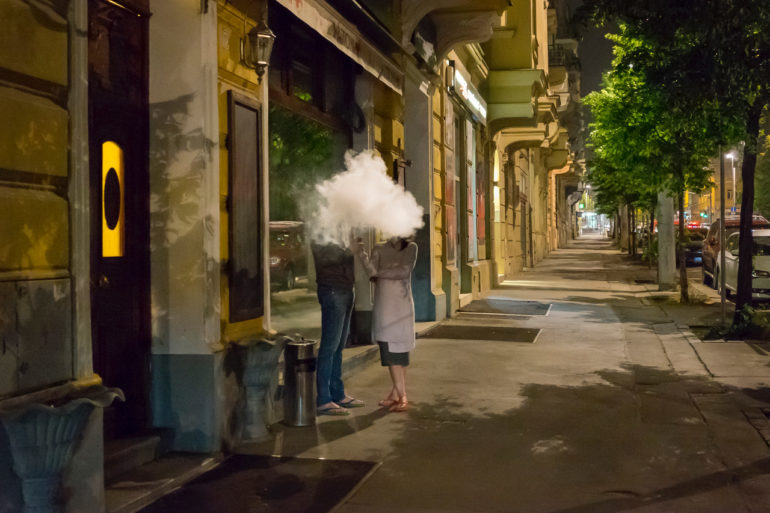
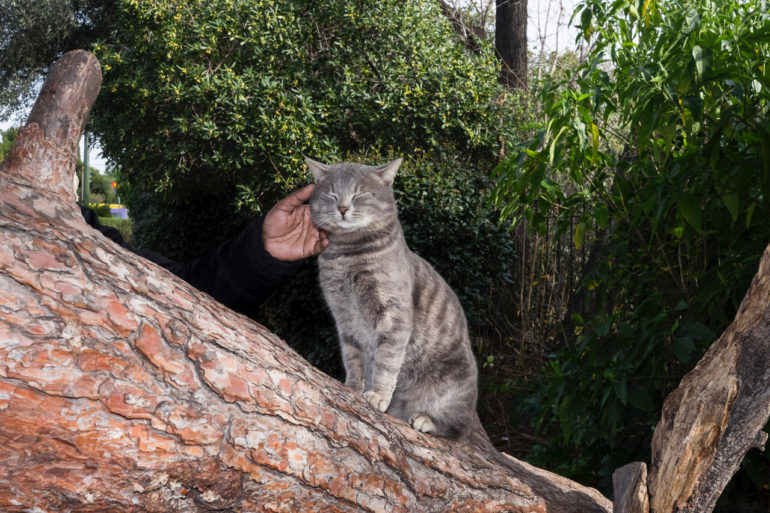
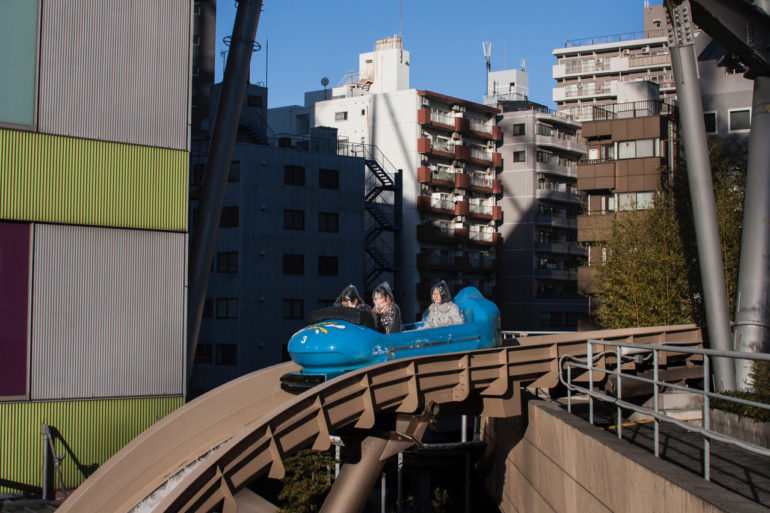
But when she’s not working on her own craft, the Amsterdam, The Netherlands-based photographer explores Instagram to check out the works of her fellow street photographers. Browsing through her feed, what struck her the most is how many similarities there are in the images created by photographers all over the world.
This realization inspired her to start StreetRepeat. In case you haven’t seen it yet, it’s an Instagram account where Julie features handpicked sets of three photographs by three different photographers that carry the same look or feel: it could be a pattern, composition, subject, or the overall theme.
We spoke with Julie to find out more about StreetRepeat, her thoughts on repetition in street photography, how her project has influenced her own work, and how to have one’s own voice in photography, among other things.
Phoblographer: Please tell us about StreetRepeat. How did you come up with this idea?
Julie: We are surrounded by so many images and at times, when I was going through Instagram feeds, I wasn’t sure if I had seen the same image before or if it was a different one. To be sure and to fulfill that feeling of déjà vu, I started to collect these pictures.
It’s striking to find so many similarities and to connect the visual trends. I like to find out where a certain inspiration comes from. It can lead back to early black and white street photography where photographers were already creating funny juxtapositions and themes we now find on popular Instagram accounts.
In January 2018 I started to publish the images on the StreetRepeat account, always in one theme with three images by different photographers. At first, I was worried that no photographer would want to see his or her image next to other similar ones, but I was actually surprised by the positive feedback. Maybe it’s because StreetRepeat is not meant as a mockery of plagiarism. It’s about putting single images in a broader context and to show how much we inspire and influence each other, sometimes without knowing.

Phoblographer: Curating StreetRepeat, what are some of your realizations or takeaways or observations from this experience?
Julie: First of all, I’m very happy to discover so many new and old images. It made me realize how many links there are between images, styles, and photographers.
I talk and discuss a lot with photographers I feature to find out how certain photographs came into being. Some people recreate images as an homage to someone who inspired them; others take existing work as a starting point to learn. Others are aware of a similar image but still feel a personal urge to create their own version of it. At times, it’s just a coincidence. Photographers tend to think in a similar visual manner so the same things can be seen by different eyes in different eras.
Phoblographer: How difficult would you say, then, is it to be original when it comes to photography? What do you think people could do to be not the same as everyone else?
Julie: I think that in any art form it has always been difficult to be and to stay original. Nowadays, it can be even harder because the work of others is so accessible and sometimes, we are not even aware of the influence in our own work.
On the other hand, with photography being more accessible and trends being visible, it can help photographers to be more conscious of what already exists. It works in both ways.
Some trends seem to be a guarantee for more likes on Instagram, and that seduction can lead you away from your personal voice and more towards uniformity. This is a dilemma for a lot of photographers as they value their audience but also want to evolve, at the risk of being misunderstood
I think it is important to listen to your personal voice in photography and to capture things you like to capture in the way you want to capture it. It’s an ongoing process of finding, keeping, and reevaluating this personal urge. But there is no need to force ourselves too much to be so original while shooting as this pressure can hold back the creativity.

Phoblographer: How has StreetRepeat influenced you in your own work, if it ever has?
Julie: Lately, I’ve been making fewer pictures in a day. I let go of certain images because I know that it would be just another one of those. But sometimes, I just want to capture something even if it already exists. Then I try to capture it in my own way.
StreetRepeat has also forced me to review my work and made me realize that some of my images are not original at all, even when I thought they were. It can be uncomfortable at times – I hear that often and I experience that myself. But it’s necessary.
Phoblographer: What are your most interesting finds for StreetRepeat? Tell us about them.
Julie:

One of the first was the red balloon theme. It was not difficult to find but it’s typical for my type of selection, the subcategory. So “an object” instead of a head > a balloon > a red balloon. I often work with the category within a category.

Similar visual illusion across separate images. They are all interesting in their own way but connected by the pattern.

This is actually a funny coincidence. It shows the photographers wish to trick the viewer.

In this collection, it’s not just the theme that is similar, but also the composition and the choice for black and white.

These photos were made in a Moroccan village on the same spot. It shows the pattern in the photographers’ mind as they all connected the painted cat with a seagull.
Phoblographer: Now, let’s talk about you! Please tell us about yourself and your work.
Julie: I grew up in Prague but moved to The Netherlands with my parents when I was 10. As my brain was made for images and languages, I went to study Media Studies, spent some months in Italy during Erasmus, and graduated with an MA in Film and Photographic Studies.
As a child, I liked to draw a lot, but photography made it easier to capture situations and create its own reality with framing and settings. That’s what I like about photography and what I’m trying to do: finding and capturing that moment in which clarity becomes unclear, when it’s uncertain what is happening or why it is happening.
Phoblographer: How did you get into photography?
Julie: It was a natural process. I experimented with a little digital camera on one of my first mobile phones and I became more serious when I was given a “real” camera.
In the beginning, I wanted to try everything like portraits, fashion, and product photography. But after some time, I realized that capturing unexpected events is my main interest in photography.
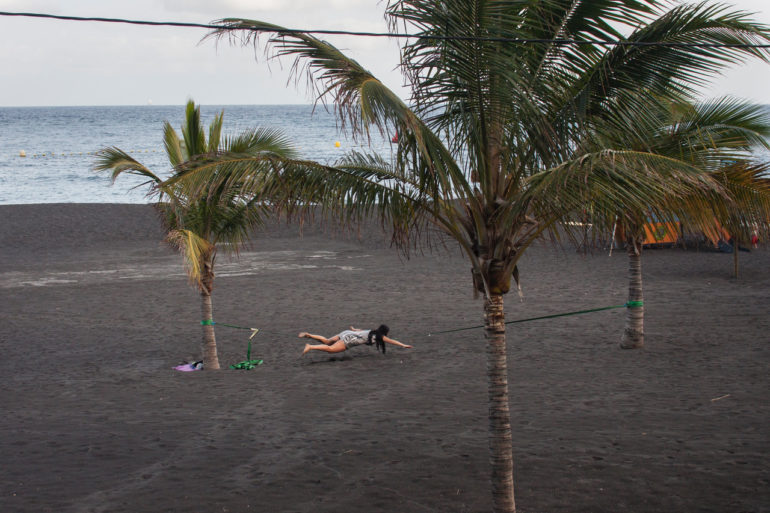
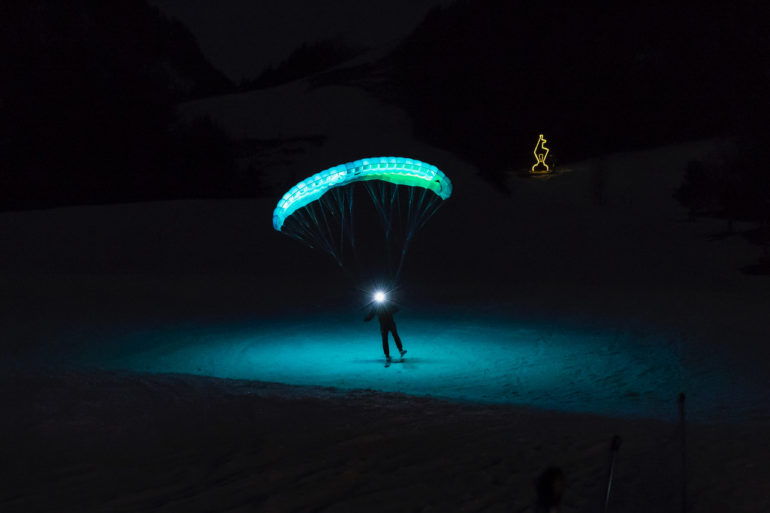
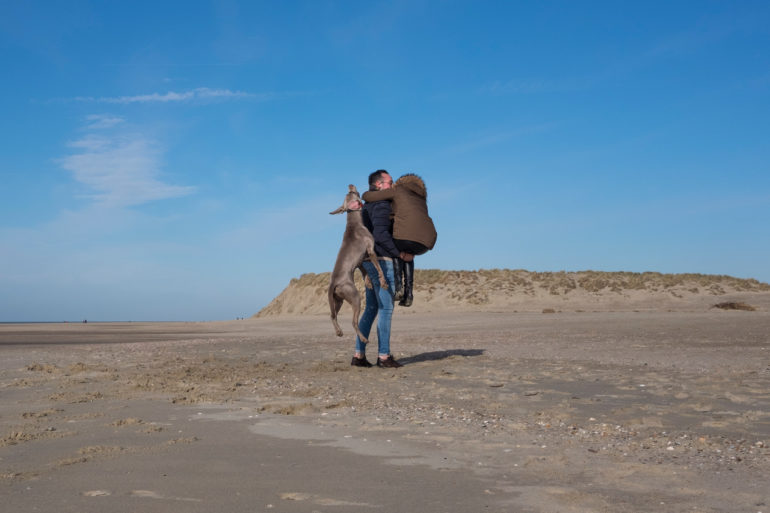
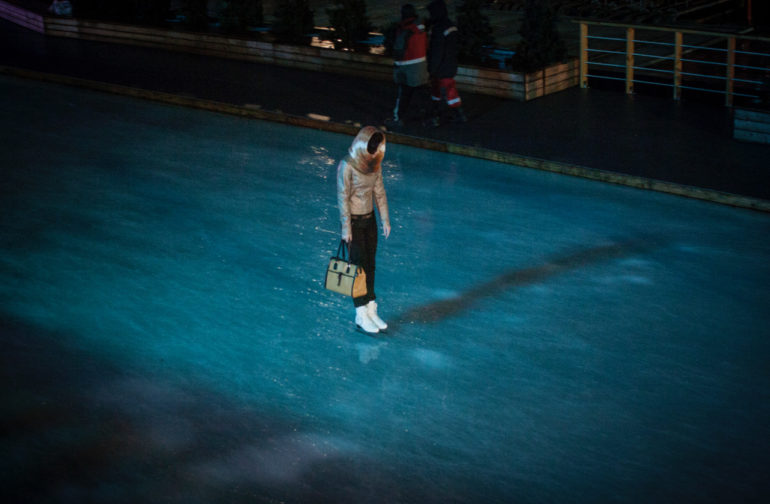
Phoblographer: Your photography largely comprises street and editorial work. What are the toughest challenges you face in your field and how do you get through them?
Julie: It’s a challenge to overcome shame when I’m working in a public space. The obsession has to be stronger than shame; sometimes, it takes a while.
Also, it can be a curse to focus too much and look for specific elements. When I go outside just to photograph I can get frustrated after [going] 20 kilometers, [feeling] pain in the feet and [having] no decent image. I find it difficult to let go of expectations. Other times, I don’t expect anything and it happens. It’s unpredictable.
Phoblographer: Please tell us about the gear you use nowadays.
Julie: The camera I carry around is a Fuji XT1 with 27 mm lens. It’s good, small, and fast. [It’s] all I need. For assignments, I use the Canon 5D MII with 24-70 mm lens.
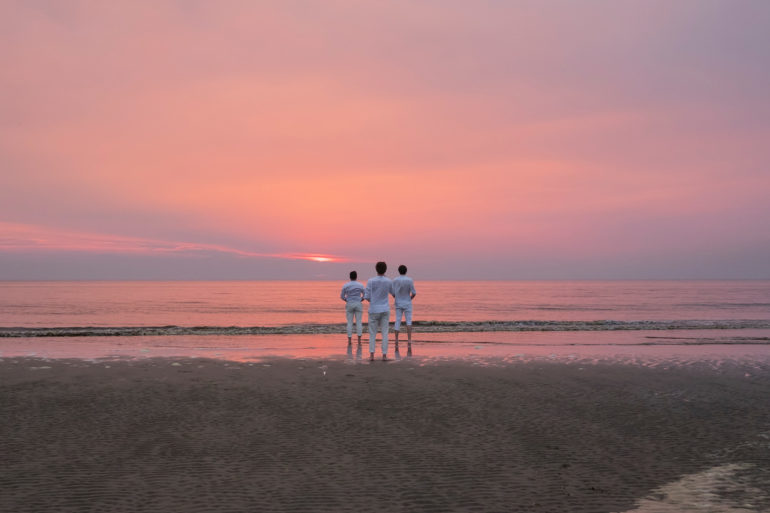
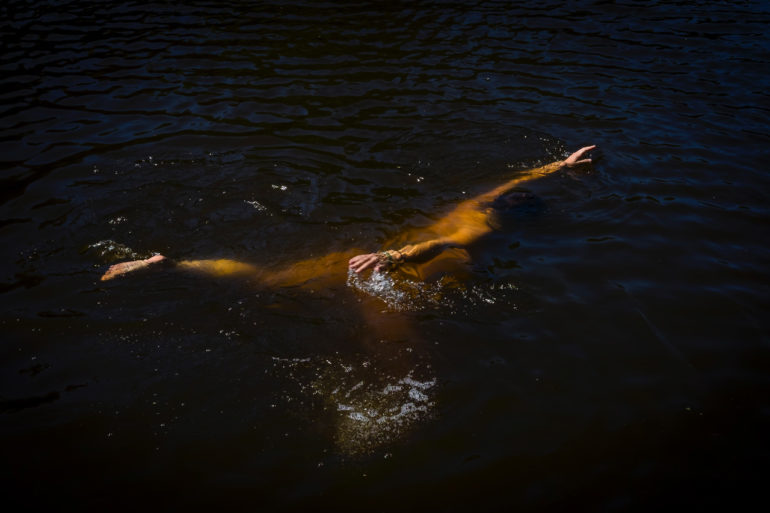
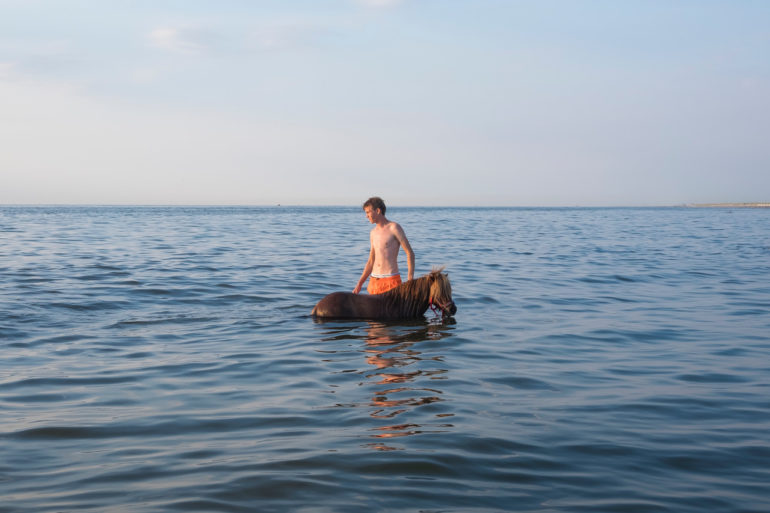
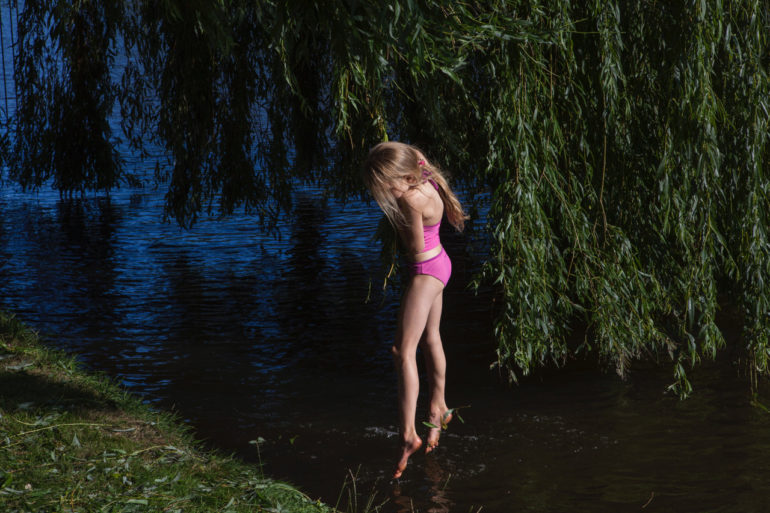
All images used with permission from Julie Hrudova. Don’t forget to visit her curated Instagram account, StreetRepeat, and her website to see more of her work!


